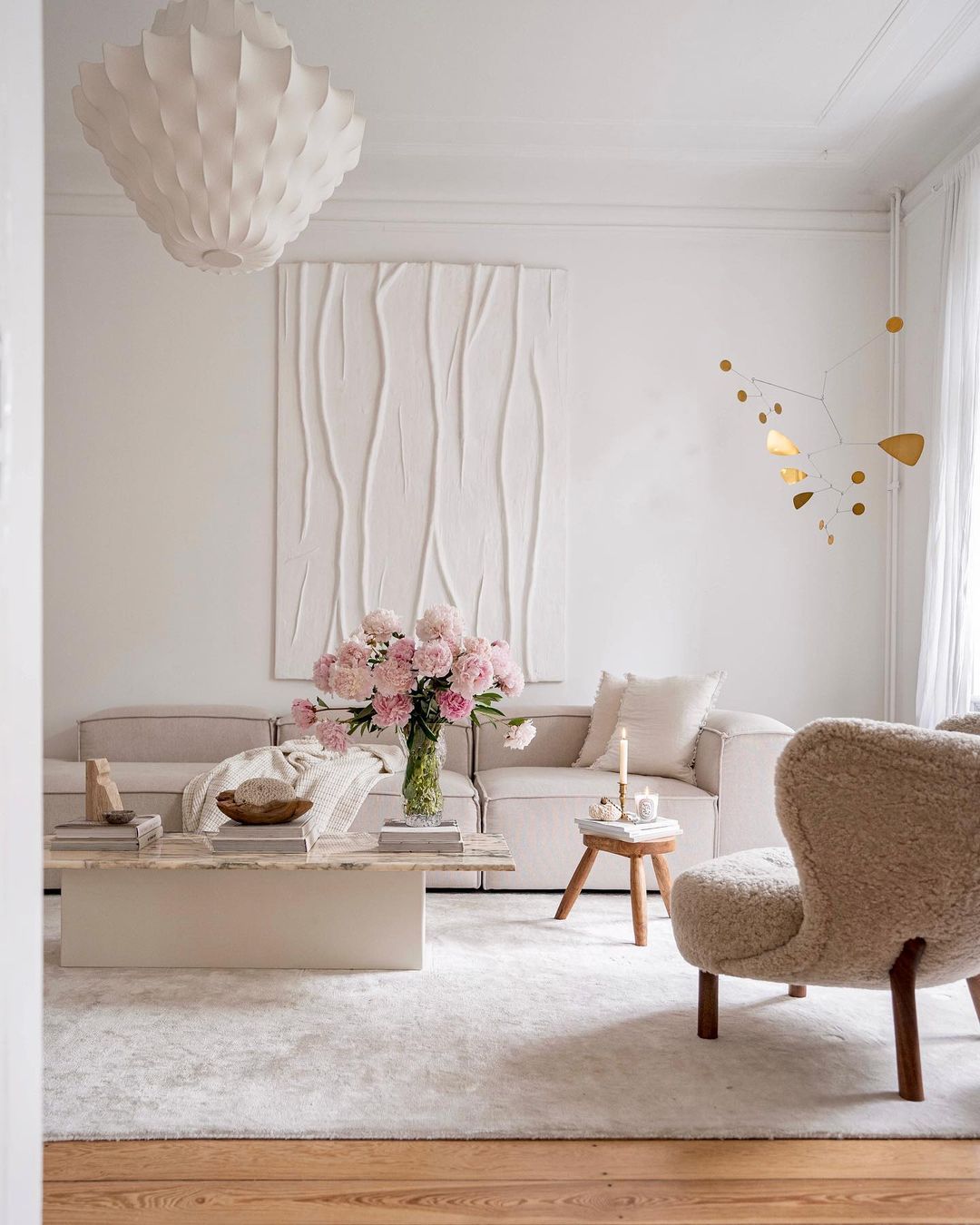The Scandinavian living room concept offers a blend of minimalism, functionality, and coziness that can transform any space into a haven of relaxation. Rooted in the Nordic region, this design style focuses on simplicity, natural elements, and neutral color palettes, creating a serene environment. If you’re looking to enhance your living room with a Scandinavian touch, this guide will provide you with the most sought-after details on achieving that timeless, tranquil vibe. From minimalist furniture to cozy textiles, here’s how you can master the Scandinavian aesthetic and bring it to life in your home.
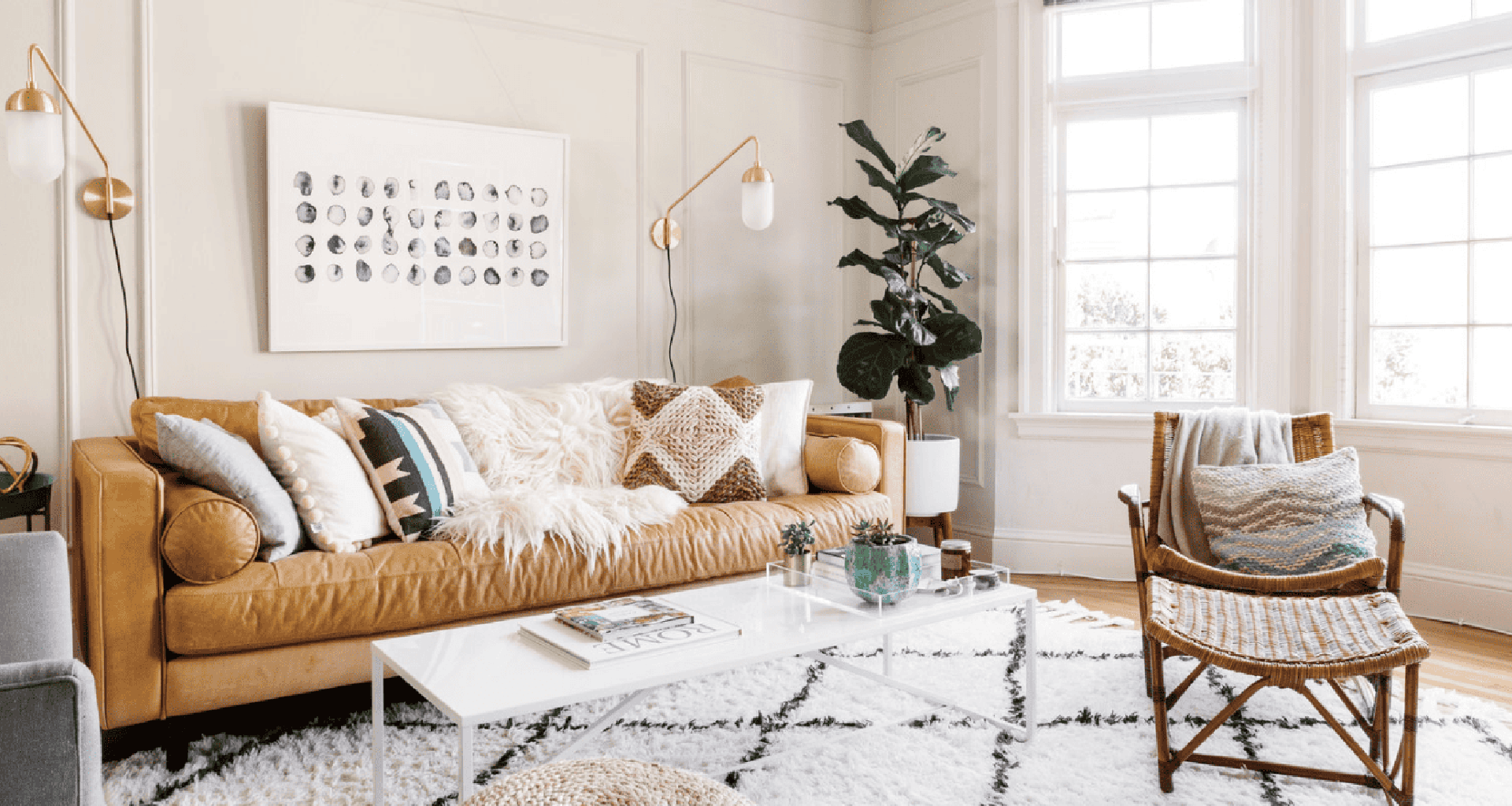
1. Neutral Color Palette: The foundation of any Scandinavian living room begins with a neutral color palette. Whites, grays, and soft beige tones dominate the walls and furniture, creating a calming and open feel. These colors not only reflect the natural light but also create a canvas that enhances the simple beauty of the room's furniture and décor. Accents in soft blues or pale greens can be introduced for subtle contrast without overwhelming the space. The goal is to maintain an airy, clean aesthetic that feels inviting and effortless.
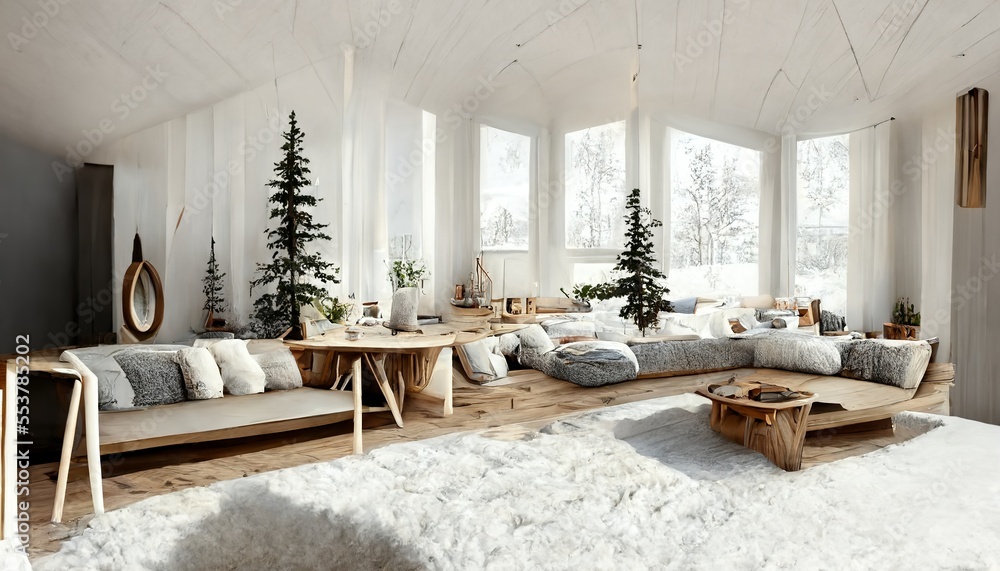
2. Minimalist Furniture: Scandinavian furniture is known for its minimalist design, with clean lines and functional forms. In a Scandinavian living room, opt for pieces that offer practicality without sacrificing style. Sofas and chairs should have sleek silhouettes with wooden legs, and low-profile designs work best for creating a spacious atmosphere. Choose furniture made from natural materials like oak, ash, or walnut to add warmth and contrast to the neutral color scheme. Remember, less is more in Scandinavian style, so avoid overcrowding the space with excessive furnishings.
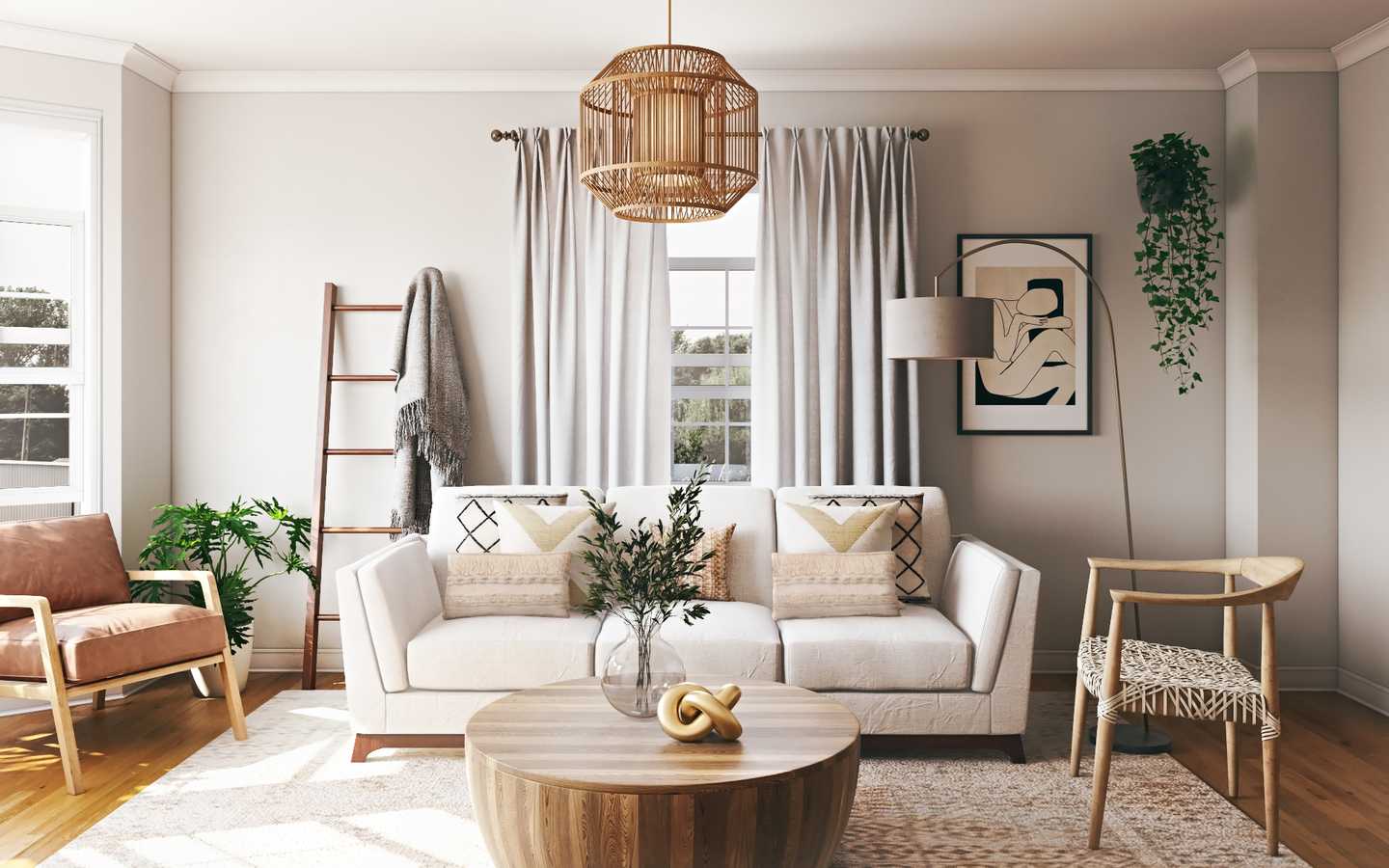
3. Natural Light Emphasis: Scandinavian design takes full advantage of natural light. Large windows are left bare or with light, sheer curtains to maximize the amount of sunlight that floods into the room. This brightens the space and makes it feel more open and welcoming. Mirrors can be strategically placed to reflect light and make the living room appear even larger. The idea is to create a space that feels fresh, open, and connected to nature, a hallmark of Scandinavian living room design.
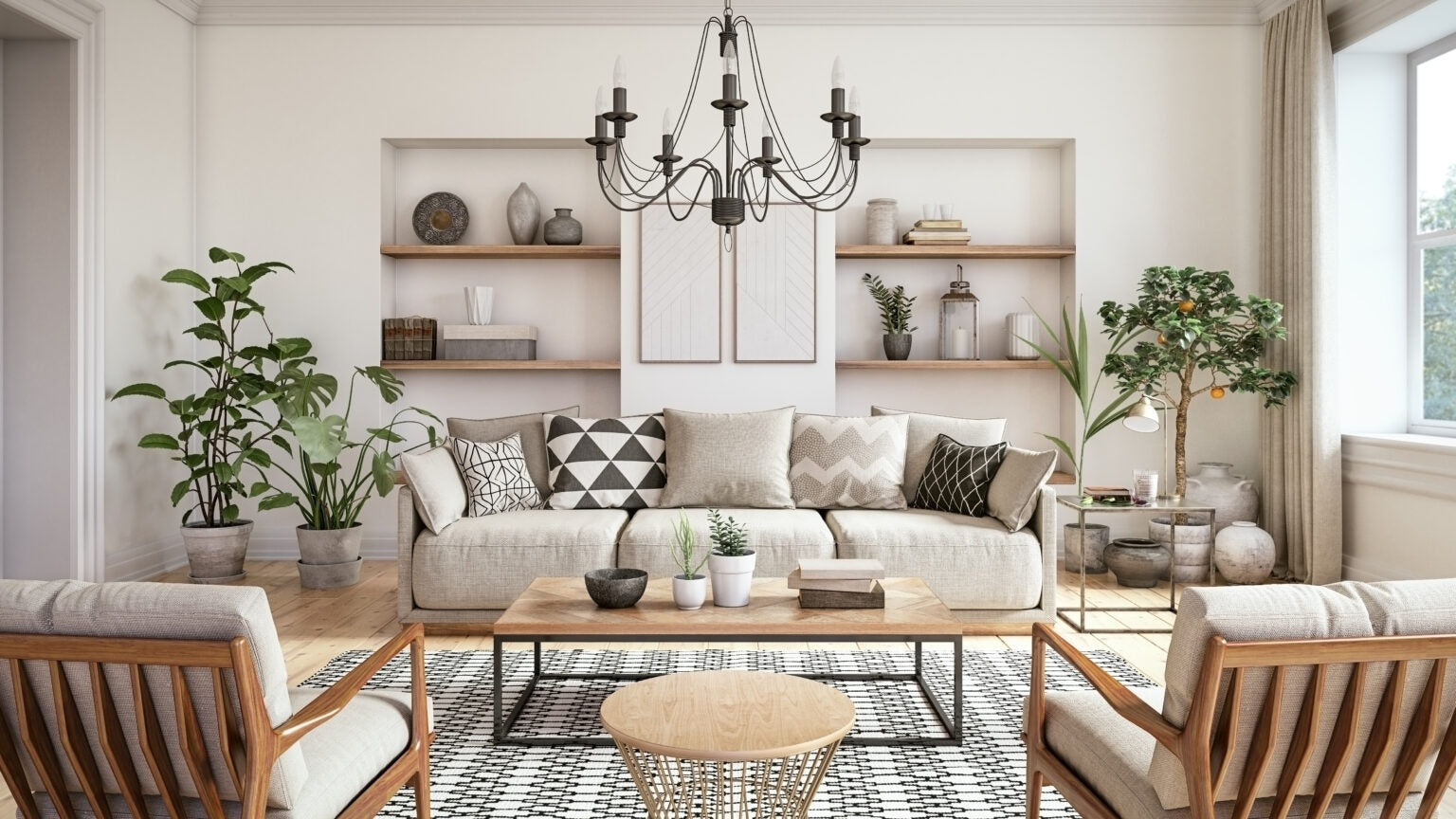
4. Cozy Textures and Textiles: To offset the minimalist aesthetic, Scandinavian living rooms are often filled with cozy textures. Soft throw blankets, plush pillows, and shaggy rugs add warmth and comfort. These textiles are typically in neutral colors or subtle patterns to keep with the overall aesthetic. The introduction of wool, cotton, or faux fur materials adds an inviting layer to the room, offering a balanced contrast to the sleek furniture. Creating a "hygge" atmosphere, a Danish concept meaning comfort and coziness, is key to the Scandinavian look.
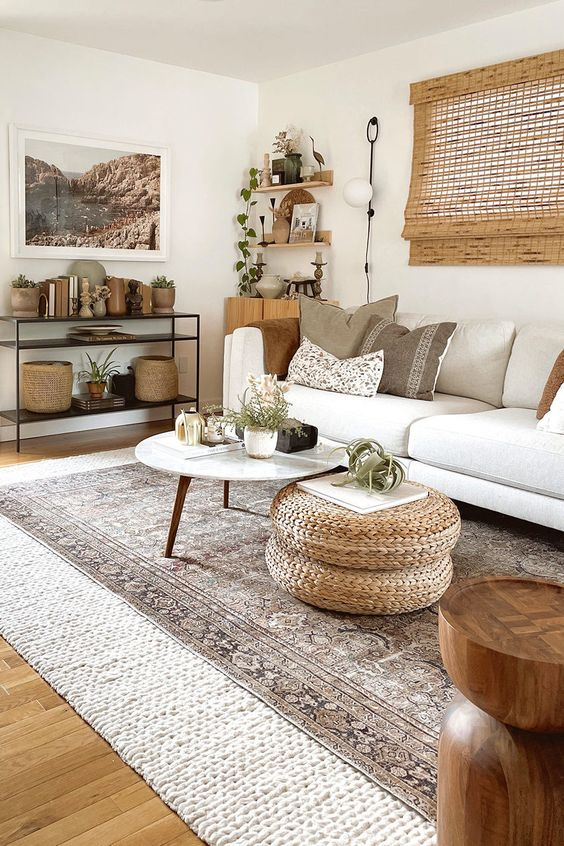
5. Wooden Elements: Incorporating natural wood is essential to Scandinavian living room design. Whether it's in the form of furniture, flooring, or accent pieces, wood adds warmth and depth to the otherwise neutral space. Light-colored woods like pine, birch, or oak are commonly used to keep the space bright, while darker woods can add a modern twist. Wooden coffee tables, shelving units, and floor lamps with wooden bases can bring the outside in, providing a grounding element that complements the room's overall minimalist aesthetic.
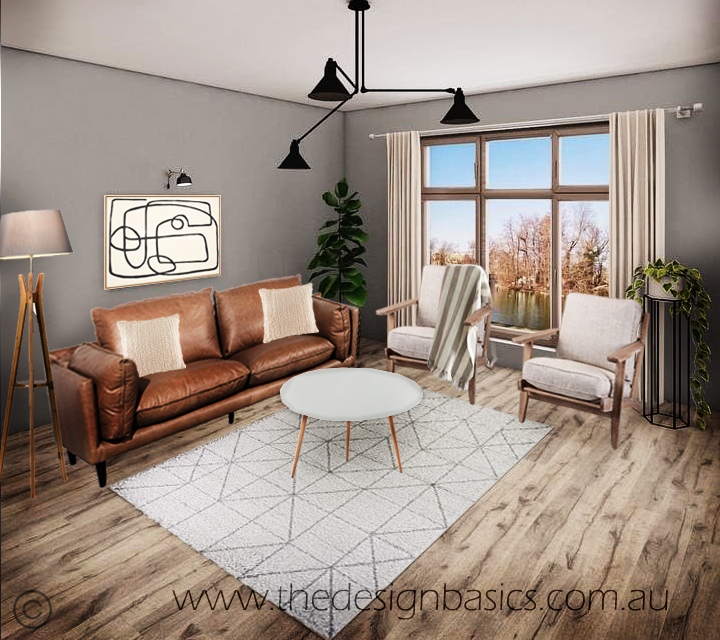
6. Greenery and Plants: Nature is at the heart of Scandinavian design, and the inclusion of plants helps to bring life and color into the living room. Choose simple, low-maintenance plants like succulents, ferns, or fiddle leaf figs to enhance the room’s organic feel. Green plants offer a perfect contrast to the neutral color scheme while maintaining the clean, minimalist look. Additionally, plants improve air quality and add a sense of serenity to the room, aligning with the overall Scandinavian emphasis on well-being and connection to nature.
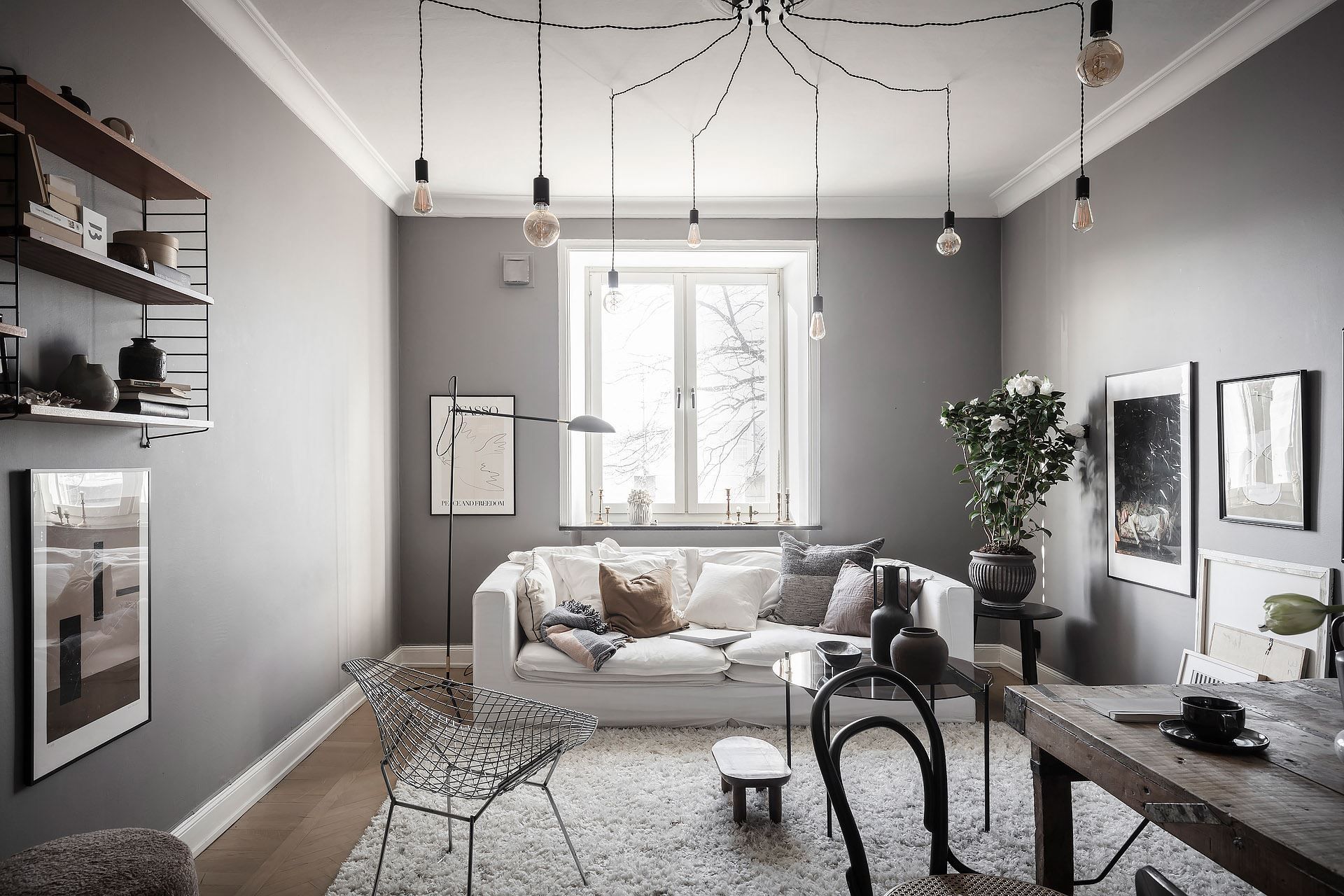
7. Functional Storage Solutions: Clutter is the enemy of Scandinavian living room design. Keeping the space clean and organized is crucial for maintaining its minimalist appeal. Opt for storage solutions that are both functional and aesthetically pleasing, such as built-in shelving, cabinets with hidden compartments, or open shelves that display select decorative items. The idea is to have everything in its place while keeping the room visually appealing and free of unnecessary distractions. Storage units should blend seamlessly with the room's décor, avoiding any disruptions to the clean lines and simplicity.
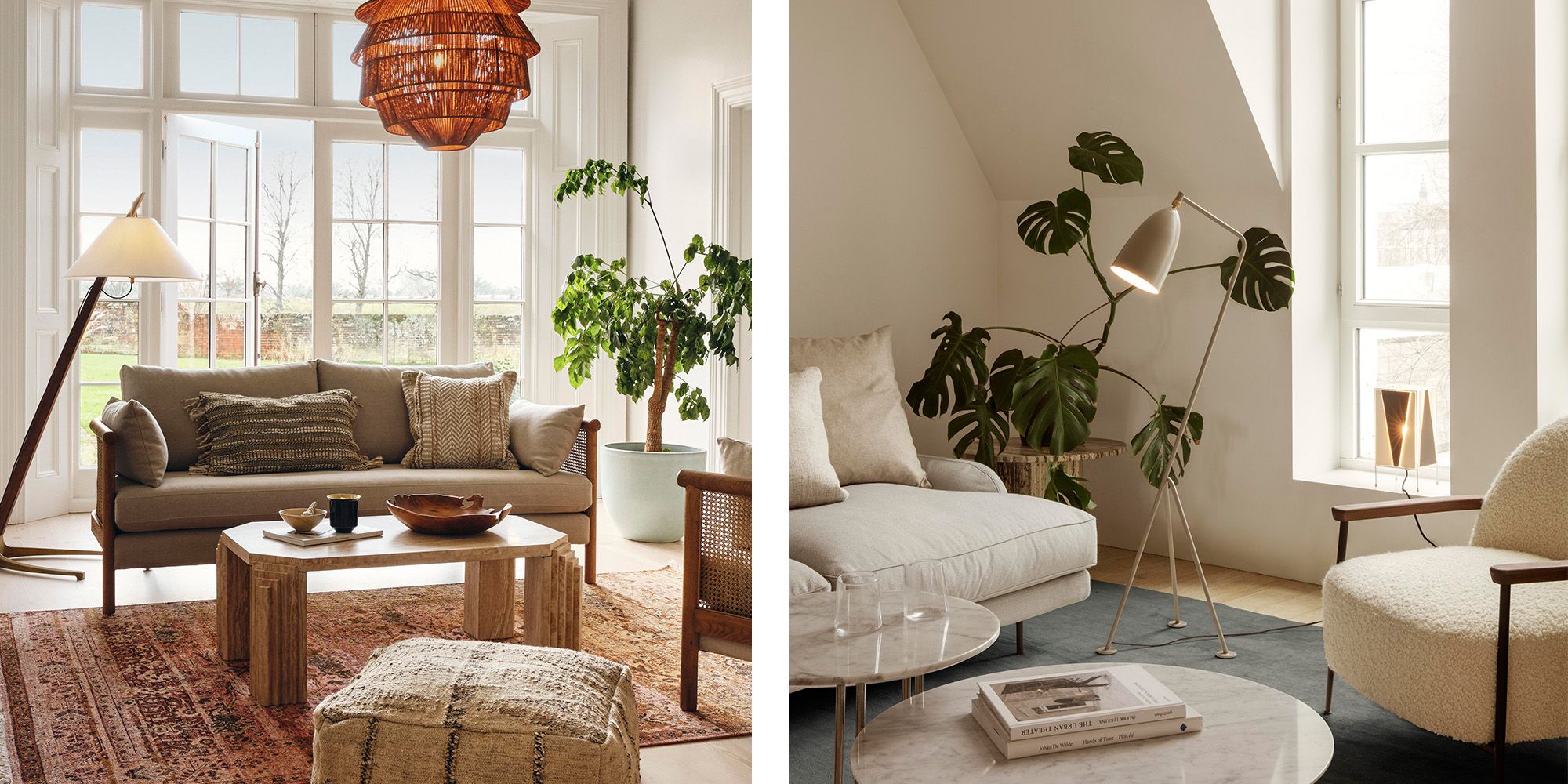
8. Balanced Lighting Fixtures: In Scandinavian living rooms, lighting is key to setting the right ambiance, especially during the long winter months in the Nordic region. Layered lighting helps create a warm, inviting space. Pendant lights, floor lamps, and table lamps with simple, sleek designs work best. The use of natural materials like wood or fabric for light fixtures adds warmth to the space, while modern designs maintain the minimalist aesthetic. Soft, warm lighting enhances the cozy feel of the room without overpowering its simplicity.
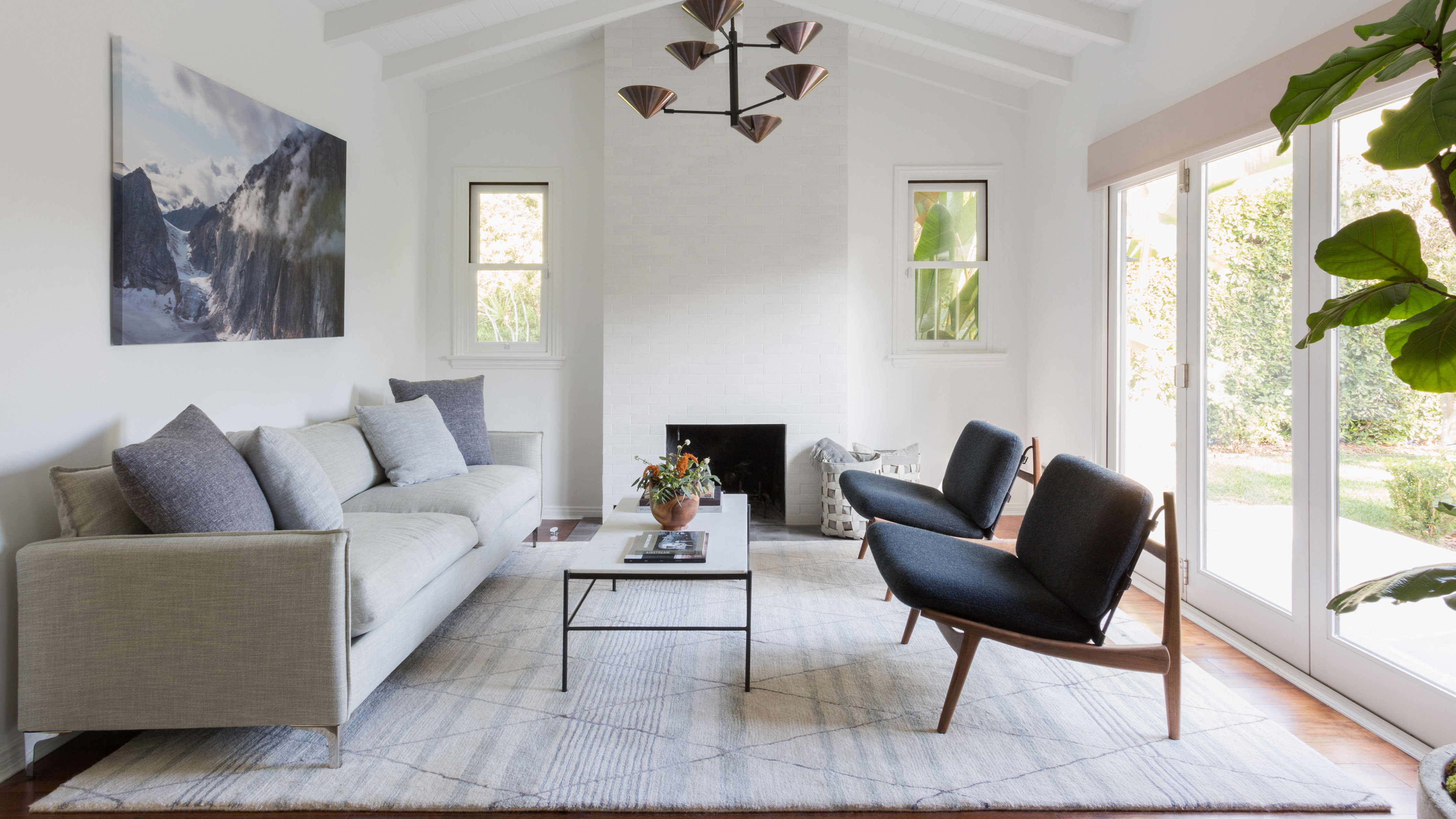
9. Personal Touches and Art: Even in a minimalist Scandinavian living room, personal touches are essential to making the space feel like home. Artwork, whether it's abstract or nature-inspired, adds character to the room without overwhelming the design. The key is to select art pieces that blend with the room's neutral tones and clean lines. Personal items, like a family heirloom or a unique vintage find, can also be displayed to bring a sense of individuality into the space. These small details help balance the minimalist design while making the room feel welcoming and personal.
